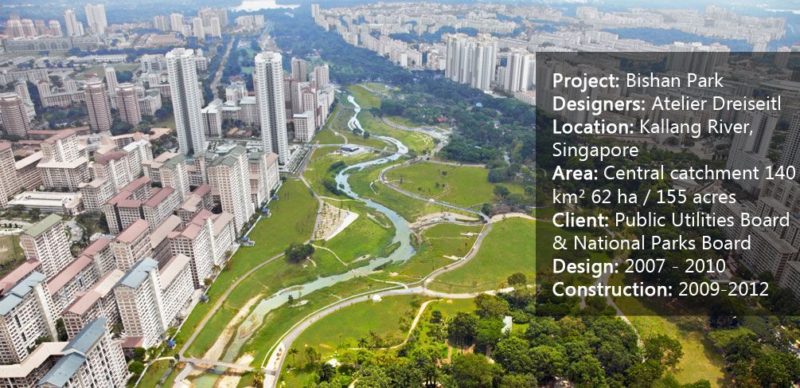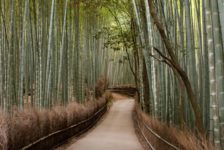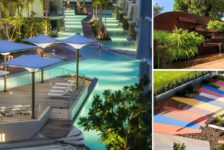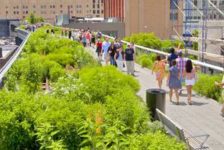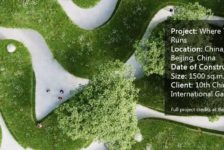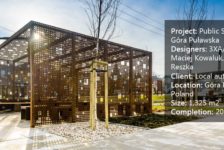Bishan Park- Kallang River Restoration Poject by Atelier Dreiseitl, in Singapore. Bishan Park, with more than 3 million visitors annually, has a local significance in Singapore similar to that of Central Park in New York City. At the heart of the park is a dynamic natural ecosystem of an important river that flows at a length of 3.2km through the park that once fell victim to the country’s rigid flood control infrastructure system of the sixties. For Singapore, engineering of the past left a legacy of concrete along with physical barriers that divided local communities, created a lack of biodiversity and deprived the citizens of a recreational space with fresh water. The new life brought about by the project brings residents of Singapore closer to water and encourage the busy city go-getters to slow down and enjoy nature.
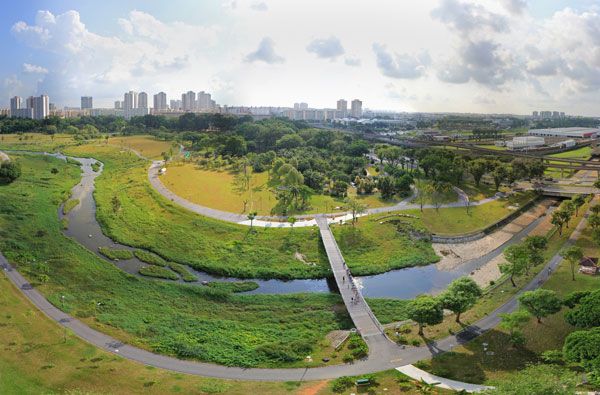
Bishan Park. Photo courtesy of Atelier Dreiseitl
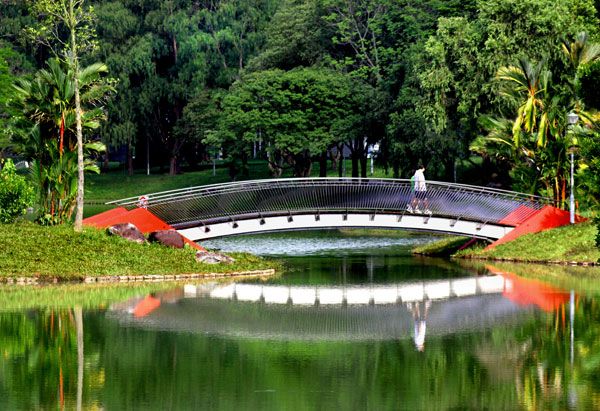
Bishan Park. Photo courtesy of Atelier Dreiseitl.
Bishan Park
Kallang River is the longest river in Singapore that carries water from one reservoir at the center of the island to another on the coast. During the 1960s and the 1970s, as part of a flood control project, it was forced into a straight concrete drainage channel that flowed through Bishan Park. This cut off neighbourhoods from each other and from the park creating more isolation.

Bishan Park. Photo courtesy of Atelier Dreiseitl
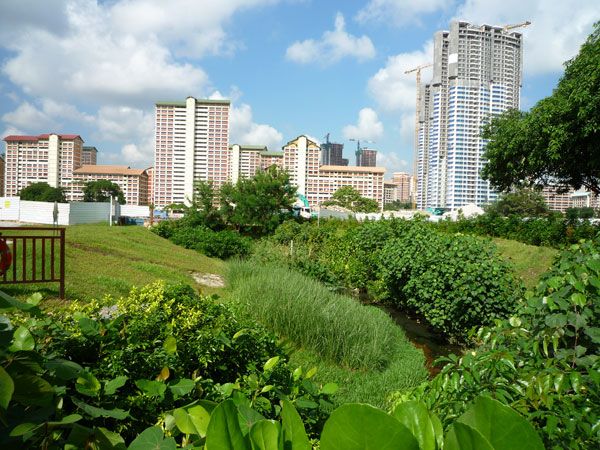
Bishan Park. Photo courtesy of Atelier Dreiseitl
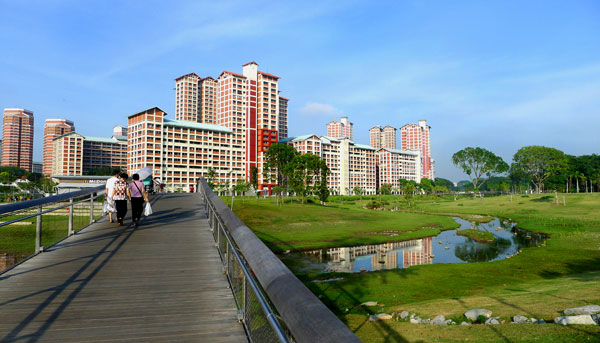
Bishan Park. Photo courtesy of Atelier Dreiseitl.
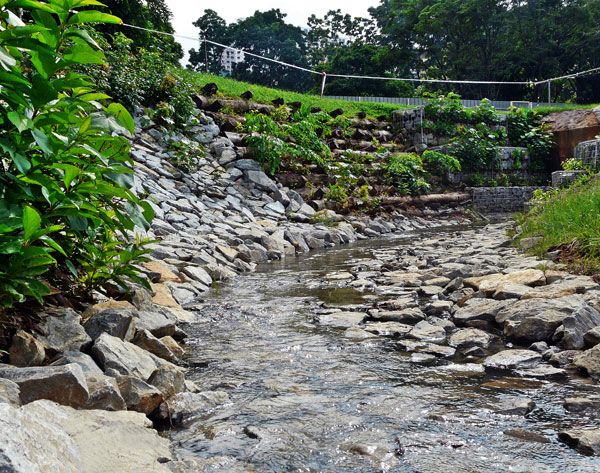
Bishan Park. Photo courtesy of Atelier Dreiseitl
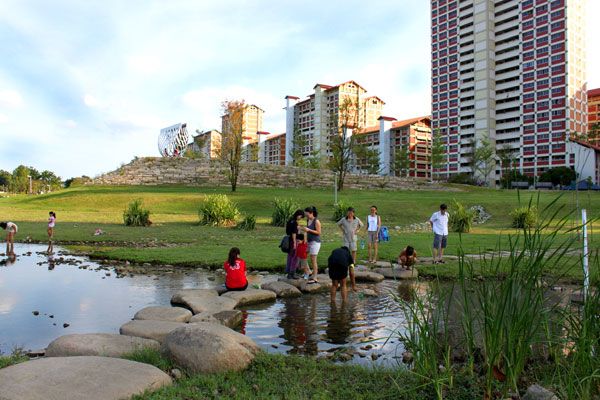
Bishan Park. Photo courtesy of Atelier Dreiseitl
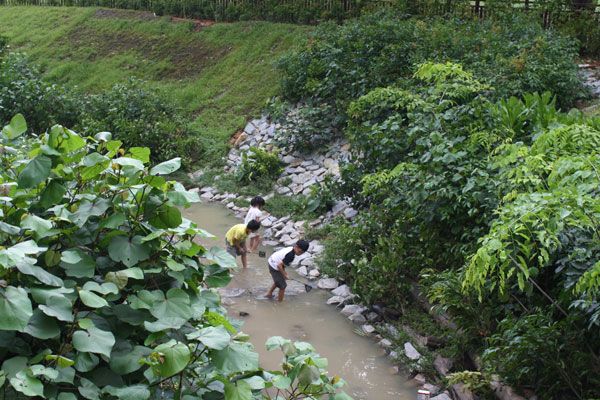
Bishan Park. Photo courtesy of Atelier Dreiseitl.
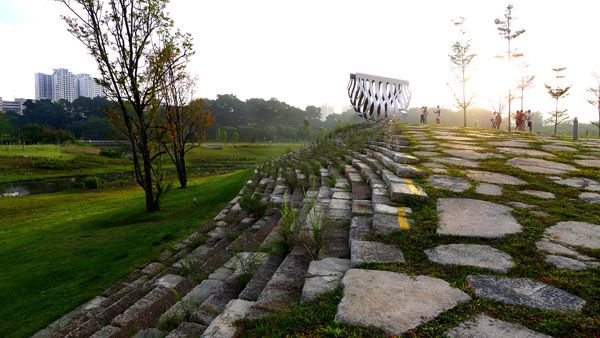
Bishan Park. Photo courtesy of Atelier Dreiseitl.
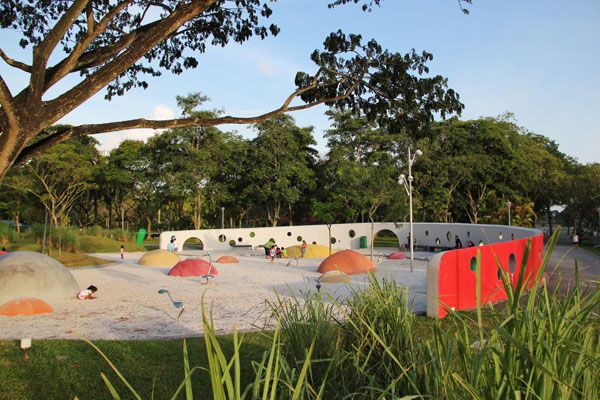
Bishan Park. Photo courtesy of Atelier Dreiseitl
- How The Chicago City Hall Green Roof is Greening the Concrete Jungle
- Potsdamer Platz in Berlin Becomes a Sustainable Ecofriendly Urban Square
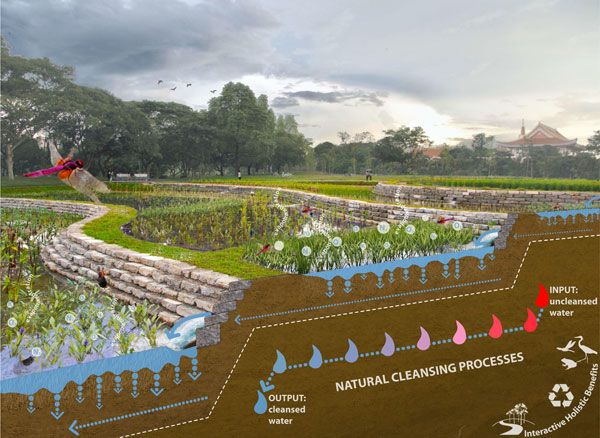
Bishan Park. Photo courtesy of Atelier Dreiseitl
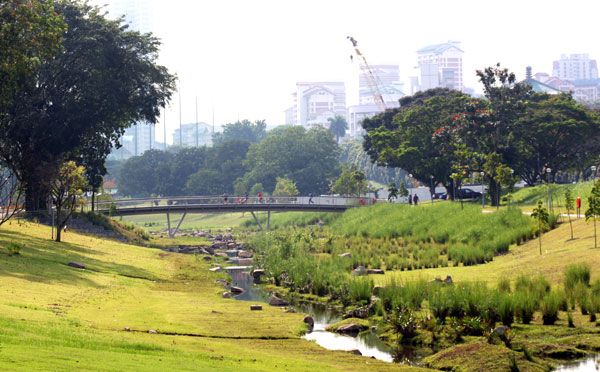
Bishan Park. Photo courtesy of Atelier Dreiseitl
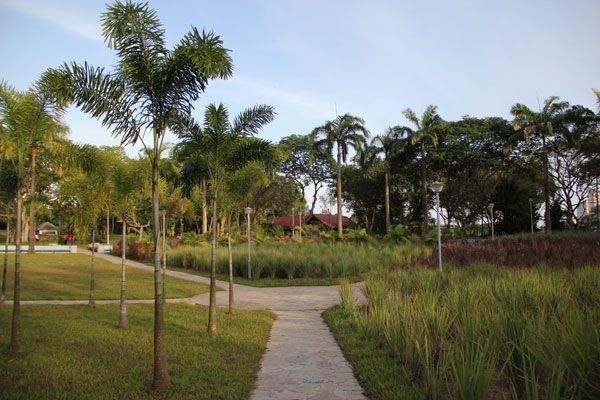
Bishan Park. Photo courtesy of Atelier Dreiseitl.
Bishan Park, A $60 million Success Story
The park offers a vibrant example of what is possible in the midst of a dense city for the people, the wildlife and for the benefit of the environment. Much to everyone’s delight, the three year- $60 million Bishan Park intervention was environmentally and socially relevant and became a huge success.
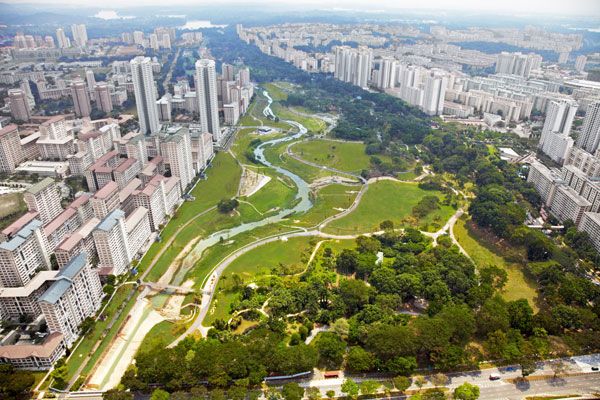
Bishan Park. Photo courtesy of Atelier Dreiseitl. Photo courtesy of Atelier Dreiseitl
Full Project Credits:
Landscape Architecture: Atelier Dreiseitl Partners in Charge: Herbert Dreiseitl, Gerhard Hauber Project Management and Lead Design: Tobias Baur, Rudolf Mager, Leonard Ng, Hendrik Porst Project Engineers: Andreas Bockmühl, Stefan Brückmann Project Team: Jeff Boggess, Angelika Büchele, Jason Chia, Edith, Gustavo Glaeser, Tobias Klinger, Martin Koller, Birgit Kühlbrandt, Wi Ming, Herbert Montevirgen, Vera Sieber, Angela Soler, Chanida Suebpanich, Sebastian Walker, Melissa Yip, Ingo Zoefelt, Christoph Hald, Nengshi Zheng Bioengineering: Peter Geitz und Partner JV Partner: CH2MHILL Project owners: PUB, Singapore’s national water agency and the National Parks Board Image credits: Dreiseitl, PUB, Wang Area: Central catchment 140 km² 62 ha / 155 acres Client: Public Utilities Board & National Parks Board Design: 2007 – 2010 Construction: 2009-2012 Cost: 76 million SGD / 45 million € / US$ 60 million Awards: WAF 2012, Excellence on the Waterfront Honor Award 2012, President’s Design Award Singapore 2012
Recommended Reading:
- Urban Design by Alex Krieger
- The Urban Design Handbook: Techniques and Working Methods (Second Edition) by Urban Design Associates
Article by Win Phyo
Published in Blog


